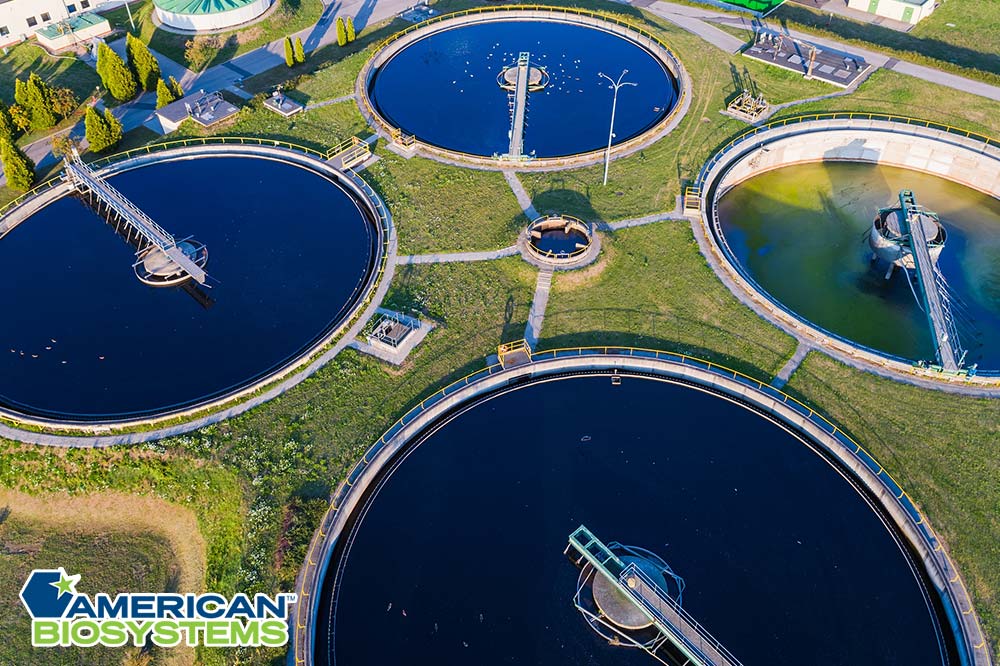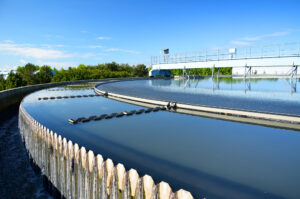Wastewater treatment isn’t just good for the environment, it saves money and water too. From preventing potential diseases to stimulating the economy, there are several benefits to it. A couple of steps are involved in the procedure, and knowing the sequence is key here. You may have wondered exactly how it all plays out. Well, you’re in luck because we’re about to take you through the entire industrial wastewater treatment process.
First Thing’s First: Primary Treatment
In the first step, the wastewater is temporarily stored in what’s known as sedimentation tanks. The goal is to produce a sediment of sorts, with thicker waste separated from the more watery waste. Here, the heavier solids fall to the bottom while the lighter solids rise to the top. It’s a gravity thing; the same way air bubbles float to the surface but bowling balls don’t. You bring chemicals in for a more thorough job, so the solids combine and are easier to scrape.
You’re not just going to let the waste fossilize at the bottom of the tanks. The next stop is the scraper bridge, where sludge scrapers, like wipers on a windshield, are at work. This is where sediment is shifted into a sludge collector pit. It’s also where substances are loaded from the surface of the water into a scum removal container. The extended sludge isn’t just disposed of, it’s further treated and recycled for something useful like neutralizing soil acidity.
2. Excluding the Living with Secondary Treatment
This is the point where you deal with organic matter that’s dissolved into the water. It’s when you fine-tune your primary treatment, with finer solids to get rid of. It’s all about making use of biological processes to get rid of unwanted biological material. There are many ways to achieve this.
One of the ways is through biofiltration, where filters like sand filters remove extra sediment. You also have aeration, where air is added to wastewater, allowing for aerobic biodegradation of organic materials. You can even have microorganisms feast on that organic matter to produce energy. Following the second treatment, the water is clean enough for wildlife and livestock.
3. Topping It All Off with Tertiary Treatment
This is the final step in wastewater treatment. Whatever contaminants that may have survived the first two treatments are the target here. The aim is to ensure that water is suitable for household and industrial use. The purpose is to bring the water to a certain level of quality. At the very least, the water should be safe for people to drink at this point.
Once again, there are several ways to approach this step in the process. There’s the option of exposing the water to ultraviolet light, which effectively and efficiently kills microorganisms. Alternatively, chemicals can be added to kill them off. The former has no effect on the water whereas the latter does, admittedly.
UV disinfection works particularly well to prevent microbes from reproducing. It also proves useful in eliminating a whole host of harmful chemical elements and compounds in the water. With chemical disinfection, iodine or chlorine is used to eliminate bacteria and viruses. The downside to using chemicals is that they may leave an odor or change the taste or appearance of the water.
Trust the Process
The steps and stages in wastewater treatment aren’t random. At each interval, you’re dealing with different types of pollutants. There’s simply no way to get rid of all it all in one breath. It’s a gradual procedure that progresses from one stage to another. As you shift from one treatment to another, the water just gets cleaner and cleaner.
Yes, wastewater is treated so that the water can be clean. Still, it’s worth noting that the extent to which water is cleaned depends on its use. If the water is meant to go to a farm where cattle will drink it, tertiary treatment may not be needed. In more technical and specialized scenarios, the fourth phase of treatment may be required.
The sequence in which these phases occur is arranged in this way for a reason. It makes better sense to attend to larger waste before tackling the microscopic bits. It would take much more effort to remove microorganisms before scooping out the sludge. It’s just like filtering anything. You go for bigger particles first because they’re easier to filter.
Surely, you’re more familiar with industrial wastewater systems now? You have a better idea about how they work and why they work in the way they do. You’re now able to map out the industrial and wastewater treatment journey. You know how water gets from being as dull as ditchwater to being as clear as crystal. Armed with this knowledge, you’re in a better position to facilitate or supervise the process.
Talk to us at American Biosystems about your preferred wastewater treatment solution. We’re only a phone call away.





